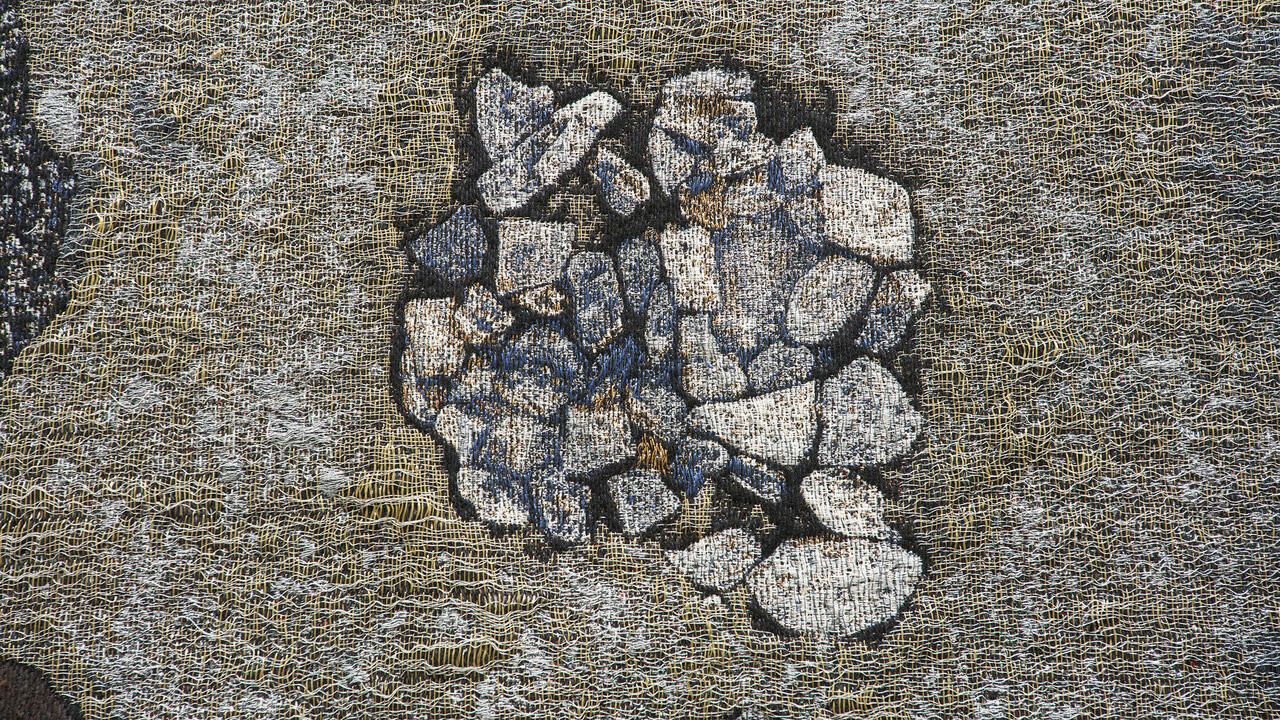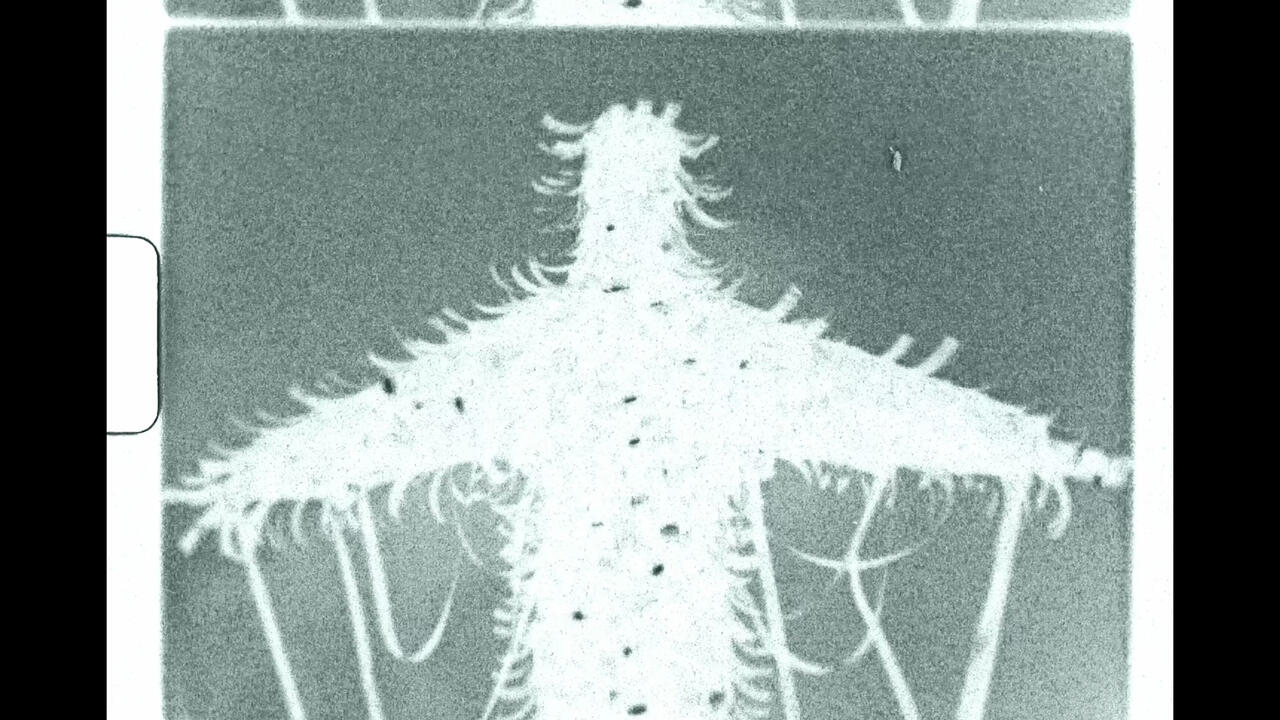Murray Clarke Unpicks Consumerism’s Real Costs
At Nahmad Projects, London, the artist’s paintings draw attention to the economic and environmental impacts of fashion
At Nahmad Projects, London, the artist’s paintings draw attention to the economic and environmental impacts of fashion

Draped in billowing co-ord sets, pinstripe overcoats and pleated skirts, the repeated figures in Murray Clarke’s paintings are almost swallowed by the garments they don, their identical bodies stacked and staggered beside each other like folded shirts in a storefront display. The works in ‘All Kinds of Gorgeous’ at Nahmad Projects are a continuation of the painter’s depictions of clothing as a vehicle to interrogate material culture and consumerism: various garments are worn by faceless figures, their identities eliminated, all attention instead placed on their outfits. These images could easily be used in a slick advertising campaign for an upmarket loungewear brand, but Clarke’s abrupt cropping out of the human models distorts the aspirational lifestyle ostensibly on offer.

The near or complete absence of the body in these works draws attention to the uneasy power dynamics at play in the production and marketing of luxury goods, and the identities they are used to construct. In works like Lazy Days, At my most and If I was a billboard (all works 2024) only a sliver of flesh – the exposed wrist of a hand placed inside a pocket – interrupts vast, near-abstract waves of striped fabric. While, ordinarily, a hand casually placed in a pocket might indicate a person at ease, here it appears a painterly gesture of anxiety: the buried appendage alludes not only to the concealment of the subject’s identity but to the unknown makers whose own manual labour created these very garments. Almost like prisoners held behind pinstripe bars, these obscured bodies stand in for the disempowered workers in clothing sweatshops while also suggesting the ways in which consumers are shielded from the unsavoury realities that undergird the production of luxury items. Despite an increased awareness of fashion’s social, economic and environmental impacts on global south communities, stylised imagery promoting designer brands can make these human costs easy to forget. By removing the distractions of logos or beautiful faces, Clarke’s paintings dampen the persuasiveness of fashion advertising and shift the focus onto the reality of what such purchases entail.

The clothes Clarke depicts – and the relaxed way in which they are worn – suggest an elegantly constructed nonchalance, symbolic of an identity to which those who purchase such garments surely aspire. The economic exploitation and poor working conditions of those who make these products are of little-to-no concern to most of their clientele. In several paintings depicting close-ups of knitted clothing, links of yarn allude to this unsettlingly camouflaged connection between buyer and maker: the ripples of knits in Boiling and the bifurcating seam in Rainbow fields have an eerie, almost violent appearance despite their cheerful, multicolour palettes. However, these zoomed-in paintings lack formal accuracy: the brushstrokes are too soft and expressive, their imprecision detracting from the hyperrealist aesthetic of Clarke’s other works. Boiling and Rainbow fields supplement the exhibition’s narrative – built around the more substantial paintings composed from repeated figures – without saying much on their own.

Serving as landscapes on which the power dynamics and unpleasant implications of the fashion industry’s current modus operandi play out, Clarke’s paintings prompt us to consider whether the resulting products are truly as elegant and as aspirational as they initially seem. At a time when sustainability and equity urgently need to be more than buzzwords or marketing hooks, making choices driven not by desire but by a clear grasp of ethical and environmental impact – particularly beyond oneself – is key. In these sartorially inspired conceptual paintings, Clarke asks: ‘Are you really buying what they’re selling?’
Murray Clarke’s ‘All Kinds of Gorgeous’ is on view at Nahmad Projects, London, until 28 November
Main image: Murray Clarke, At my most, 2024, oil on canvas, 3.1 × 1.7 m. Courtesy: the artist and Nahmad Projects






















